Part 1, Part 2, Part 3
Two years before Berlitz mentioned electric rocks as a potential power source for the paranormal, Canadian scientists Dr. Michael Persinger and Gyslaine Lafreniere identified energetic ground radiation as a possible trigger for strange encounters and glowing aerial displays. In their hard-to-find book, Space-Time Transients and Unusual Events (1977), the duo outlined the thesis that “unusual events” reported in supernatural hotspots could be explained by rocks discharging energy during tectonic activity—a process known as “seismoelectricity.” A related effect called “piezoelectricity” creates a similar expulsion of electrical energy when specific types of rocks are crushed under extreme pressure.
The book proposed that cyclical Earth movements cause the crust to release pent up energy, and under certain conditions, this process can produce an intense electrical field that is “concentrated into the most susceptible localized area.” In addition to bizarre hallucinations and auditory effects, these condensed pillars of energy produced by seismic processes could drastically interfere with a person’s mind, enacting “assaults upon the brain’s electrical system” that were responsible for a host of physical and mental responses. In Persinger’s version of portal-places, mystical experiences didn’t result from liaisons with unknown entities, they were brought about by “electrical microseizures within deep structures of the temporal lobe.” As these events replay over days, years, or decades, “the concept of a ‘window’ is recognized.”
Persinger and Lafreniere argued that these energy-experiencers enter a state of distorted perception that induces reactions similar to those reported in supernatural encounters: visual stimuli (ghosts, lights in the sky, and “nightmare creatures”), bouts of unconsciousness (missing time, passing-out), and auditory hallucinations (strange voices, inexplicable sounds). While their root cause was the same, these interactions are interpreted differently according to the individual’s cultural and personal perspectives. One person’s werewolf is another’s skinwalker.
The authors suggested that earthquakes didn’t have to be teeth-rattlers in order to produce the energy required for a window area to emerge—small, imperceptible tremors could generate the needed effect. In fact, they concluded that less-was-more when considering the longevity of a portal-place. If a location were struck by a large seismic event, it could expel all of the crust’s potential energy, thus eliminating the hotspot’s geophysical catalyst. According to their theory, restrained movements of Earth’s interior were responsible for discharging “bursts” of energy at the same points in the terrain, year after year, resulting in reports of “unusual events” and a reputation for perennial high strangeness.
Indeed, back in the weird world of late-1800s West Virginia, a variety of odd tectonic and meteorological phenomena were recorded in the newspapers alongside tales of monster-apes and spook-lights—could they be evidence that natural processes are contributing to the formation of portal-places?
For instance, the July 25, 1899, issue of The Wheeling Daily Intelligencer ran a story about a “noiseless earthquake” that uprooted trees and overturned “huge beds of rock” on an orchard in Charles Town. Besides the damage, witnesses described a lack of “rumbling noises” or other indications that a seismic event had taken place.
A dispatch from ten miles south of Charles Town reported on a circle of more than 70 splintered and charred trees that the local Spirit of Jefferson (6.6.1871) thought had been caused by bolts of lightning attracted to a “powerful magnetism” emanating from the ground.
Ten miles to the north, the city of Shepherdstown was hit with an intense blizzard featuring an “electrical display that appeared as balls of fire.”
Were these odd events symptoms of a natural enigma that was also fueling some of the paranormal encounters taking place in the vicinity?
Ultimately, portals that opened through explosions of Earth energy produced disappearing doorways that existed only as long as the activity generating it. They were also transient, with the ability to wander along fault lines and fractures in search of the ideal stage on which to perform: “The existence of these columns would be brief; by the time the reporter returned to the unusual area with witnesses, the phenomenon would have disappeared.”
Persinger designed multiple experiments to test his theories about electrical charges and their effects on the human brain. Incredibly, he was able to recreate many of the same sensations reported in portal-places by strapping participants into a device with an unforgettable name: “The God Helmet.” It worked by stimulating the brain’s temporal lobe with fluctuating magnetic fields. Test subjects wearing the headgear described supernatural experiences that paralleled those reported within window areas.
Canadians weren’t the only ones looking at geological sources in conjunction with localized paranormal events—British “light hunter” Paul Devereux was also hot on the trail of “earthquake lights” as early as 1972. He suspected UFOs were “non-sentient, geophysically produced phenomena” found “particularly in areas of geological faulting or disturbance.”
He summarized his thoughts in the 1982 book, Earth Lights, contending that many UFO sightings were the result of a “planetary ectoplasm” released under naturally occurring conditions. These displays were especially high during periods of increased tectonic activity. After plotting both UFO reports and “zones of exceptional geophysical activity” on a map, he determined that the two phenomena overlapped in several locations—evidence that motions within Earth might be causing lights in the sky. Though Devereux favored a “tectonic connection” to explain how portal-places operated, he didn’t rule out solar or cosmic radiation as contributing factors. Without definitive answers, he sagely left room for “many more sources of energy, geological and meteorological, that could power these lightforms.” Like Persinger, he felt that the phenomenon was “responsive to mental cues,” meaning that a person’s unique frame of reference dictated their portal experience. Perhaps luminous displays were an externalized representation of the collective unconscious, brought forth through an interaction with exotic energy.
Devereux suggested that our ancestors situated temples and stone monuments near locations that would harness Earth’s energy. Circles of boulders marked hallowed grounds prone to electromagnetic manifestations. Shamans acted as “geophysic wizards” capable of triggering religious experiences with the help of the power inherent in sacred sites.
In a departure from Persinger’s perspective, after seeing an ‘actual’ UFO himself (not simply a light in the sky), Devereux was convinced of the objective nature of some aerial phenomena. When objects are seen dancing and shifting in the sky, “it is the UFO that changes form, not the observer’s perception of it.” Earth Lights was somewhat critical of fellow UK ufologist Jenny Randles, accusing her of washing down window areas when she suggested that the phenomenon was primarily a subjective one. He viewed her as one of the “over-enthusiastic new brooms sweeping just a little too clean,” and cautioned like-minded researchers about the perils of writing-off the “genuine” nature of many encounters.


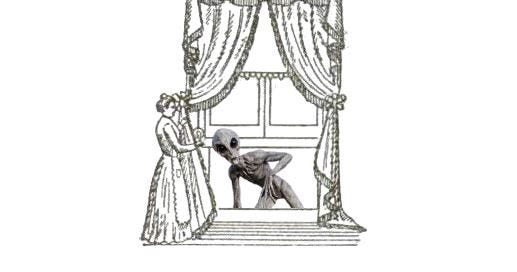




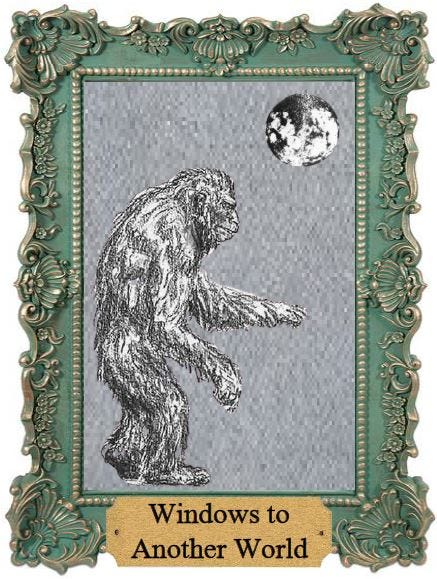


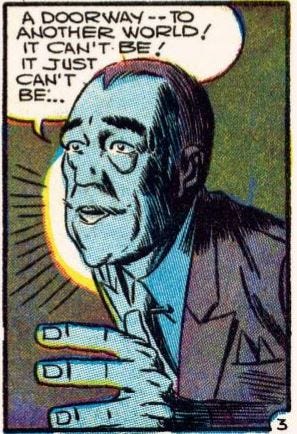
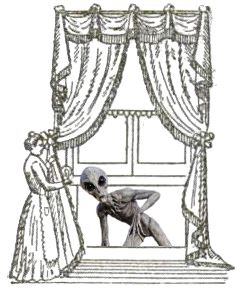
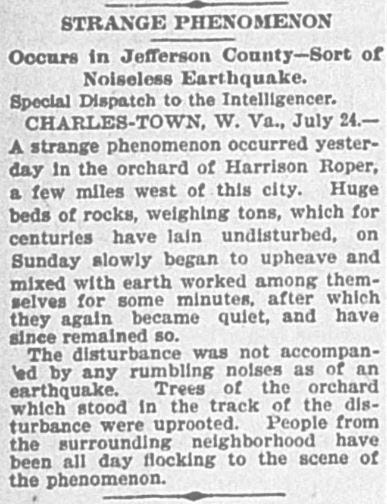
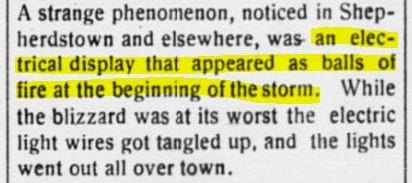
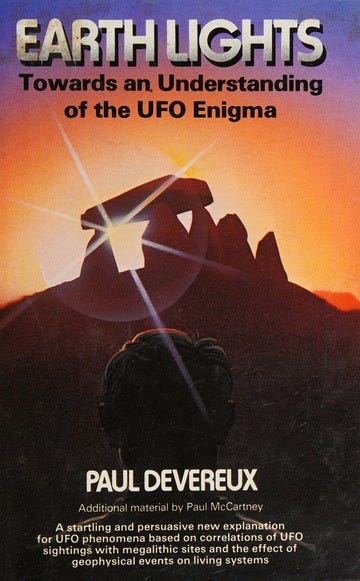


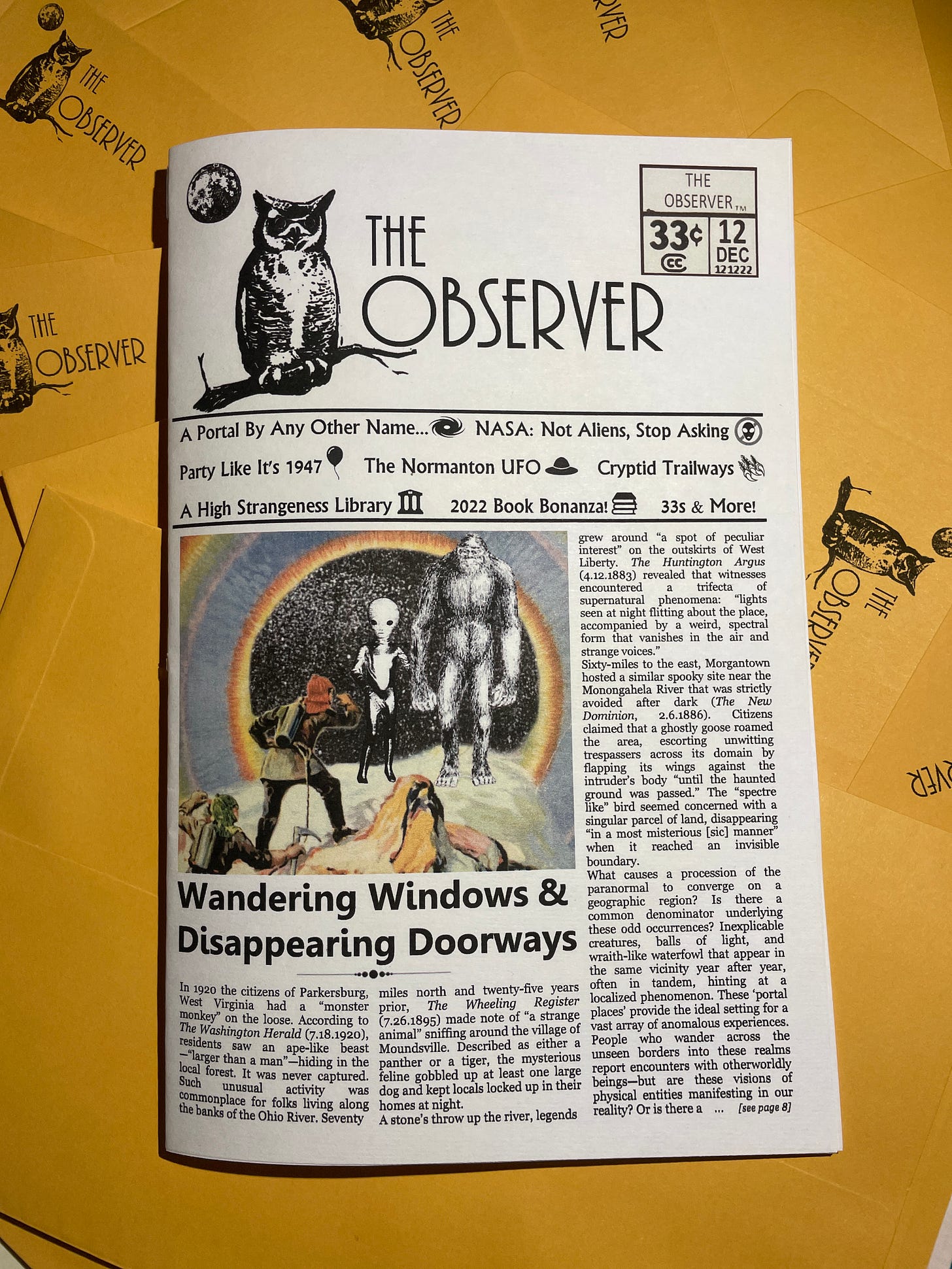
Great series of articles! Gotta get me one of those “God Helmets.”
Fascinating subject! I need to track down EARTH LIGHTS - it's an interesting premise.